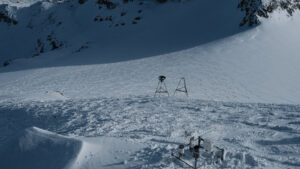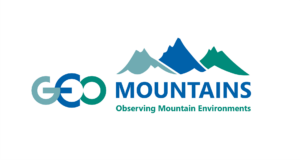WS 3.116
Sediment transport modelling in mountain streams: the D-CASCADE framework
Details
Full Title
WS 3.116: Hands-on sediment transport modelling in mountain streams: using the D-CASCADE framework to simulate sediment dynamics at the stream-network scaleScheduled
Session - Part I:
2025-09-18, 08:30 - 10:00 (LT), SOWI – SR 3
Session - Part II:
2025-09-18, 10:30 - 12:00 (LT), SOWI – SR 3Session - Part I:
2025-09-18, 08:30 - 10:00 (LT), SOWI – SR 3
Session - Part II:
2025-09-18, 10:30 - 12:00 (LT), SOWI – SR 3Convener
Co-Convener(s)
Pitscheider, Felix; Argentin, Anne-Laure; Bozzolan, Elisa; and Arburua, IanAssigned to Synthesis Workshop
---Thematic Focus
#IMC25, Cryo- & Hydrosphere, Hazards, Multi-scale ModelingKeywords
sediment transport modelling, sediment connectivity, bedload, alpine river, river geomorpholgy
Description
Understanding sediment transport dynamics in river networks is crucial for assessing ecological systems (e.g., riparian flora and fauna), natural hazards (e.g., floods, debris flows) and economic planning (e.g., hydropower). This is especially true for mountain regions, which are key sediment sources and highly sensitive to natural changes. Despite continuous advances in sediment transport modelling, challenges remain in adapting models to these large-scale, complex environments. The D-CASCADE model is a network-scale sediment transport and routing model generally applied to large alluvial rivers (e.g., the Po River, Italy). In recent developments, the model was adapted to simulate bedload transport in high alpine streams. D-CASCADE computes sediment transport at the reach scale based on reach geometry, hydrology, and available sediments, while tracking sediment movement through the network. It can simulate different timescales (e.g., daily fluxes over the course of a year or century, down to hourly intervals) and incorporate external sediment sources, such as hillslope-driven processes. This flexibility makes it a powerful tool for examining sediment dynamics (fluxes, budgets, provenance) on a network scale in a range of scenarios. We are offering a hands-on workshop where attendees can engage with D-CASCADE by running simulations using a prepared dataset. This will offer participants practical experience and insights into the model’s functionality and potential applications. As an example for integrating external sediment inputs, the SUGSET model, which simulates sediment export from glaciers, will be presented.


